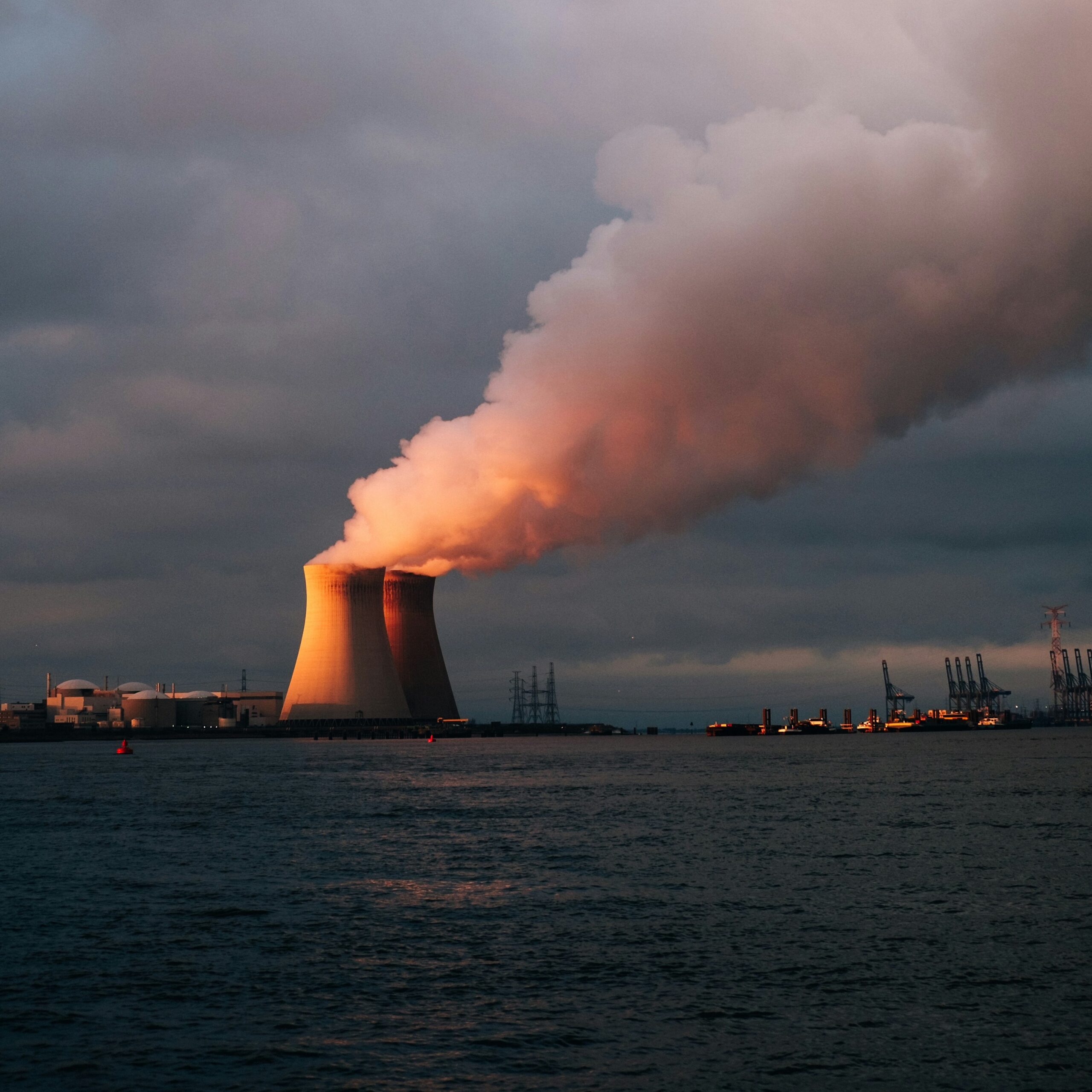This course is designed for anyone using, developing, or working with GHG emissions, removal estimation, and GHG inventories in the energy sector. It is recommended that you have some prior knowledge of technical and policy matters related to climate change (i.e., basic concepts of climate science, GHGs, radiative forcing, etc.), and an introductory-level understanding of national GHG accounting (it is recommended to take course 501 IPCC: Introduction and Cross-Cutting Issues prior to, or in tandem with, this course).
National and international efforts to reduce the human impact on the global climate rely on knowing the amount of emissions released due to human activities. GHG inventories provide information that is vital for the design of policies and measures to reduce emissions of GHGs into the atmosphere. The quality of your inventory data relies on the use of appropriate methodologies, reliable statistical information, and representative factors to derive emission estimates. As is well known, activities related to the combustion of fossil fuels and other energy-related activities are by far the largest source of GHG emissions globally, as well as for most individual countries, organizations, and projects.
Specifically in this course, you will learn to:
- Identify the specific activities resulting in GHG emissions from extraction, processing, and combustion of all types of fossil fuels
- Estimate emissions using IPCC methodologies
- Distinguish between methodological tiers available for estimating emissions and their data requirements
- List and describe the possible reasons for double-counting and how to avoid them
- Identify and avoid typical problems with the estimation of emissions from the energy sector


